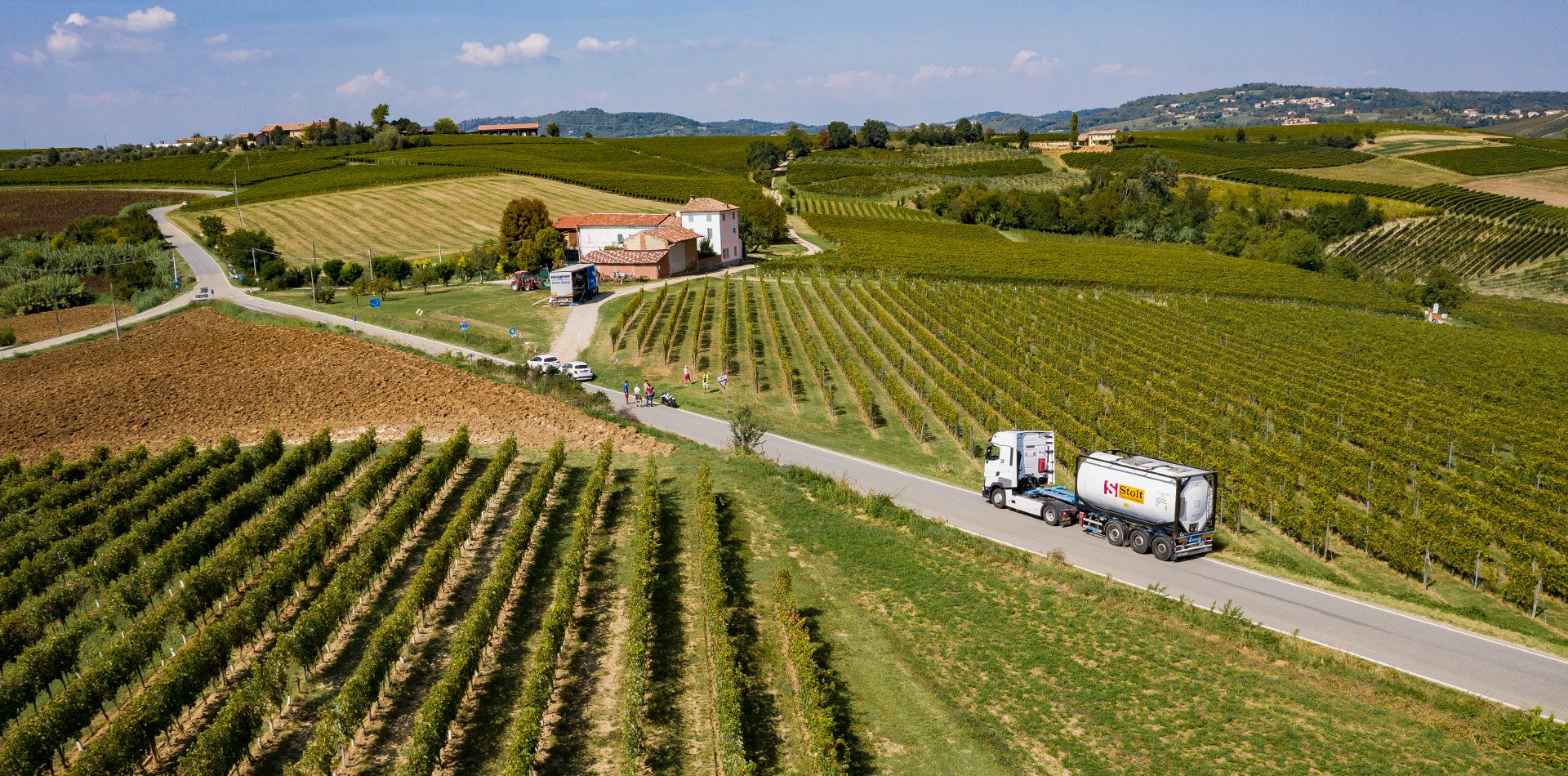What are the calculations based on?
Our emissions estimates are calculated based on: 1. the mode of transport
2. the weight of the container
3. the distance travelled
Why do we have two different estimates: TTW and WTW?
TTW estimates:“Tank-to-wheel” (road and rail transport) or “Tank-to-wake” (shipping and aviation) emissions are caused by the combustion of fuel during use of the vehicle.
WTW estimates:
“Well-to-wheel” (for road and rail transport) or “Well-to-wake” (for shipping and aviation) emissions are both the emissions released during combustion in the engine (tank-to-wheel), and also emissions released during extraction, transport, and in the refining process of fuels or in the production and transport of electricity (well-to-tank).
"Well-to-Wheel" emissions estimate all the pollution a vehicle produces starting from when the fuel is made and generated to when the truck uses it to move. This means well-to-wheel and well-to-wake emissions will always be higher than tank-to-wheel emissions.
Where does our information come from?
Emissions calculations are unique to each quote depending on the modes of transport used, the weight of the product and container, and the distance travelled. We use EcoTransit, the most widely accredited software tool, to ensure these emissions estimates are accurate and reliable. The measurement and frameworks used are accredited by Smart Freight Centre to be in accordance with the GLEC Framework, and also meet the requirements of EN 16258 and the GHG protocol (Corporate Standard). What is CO₂-e?
CO₂ equivalent (CO₂-e): Greenhouse gas emissions as CO₂-equivalent.CO₂-e is the universal unit of measurement to indicate the global warming potential (GWP) of each of the six greenhouse gases, expressed in terms of the GWP of one unit of carbon dioxide. It is used to evaluate releasing (or avoiding releasing) different greenhouse gases against a common basis.


